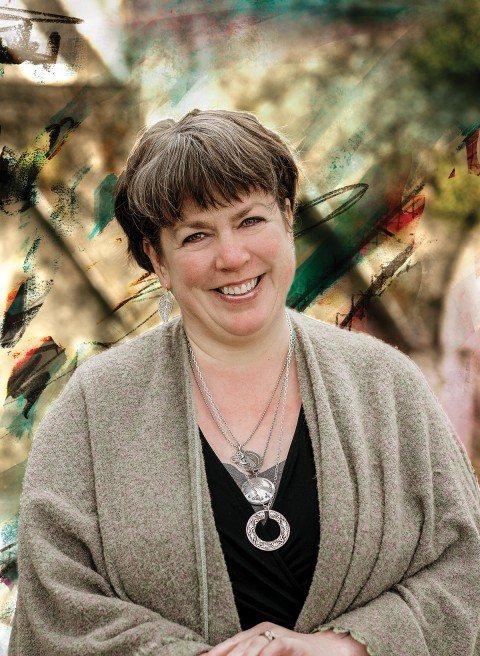Our unseen companions
“Angels, saints, and ancestors are real presences that are not visible to us in our linear, rational mind,” says Abbey of the Arts founder Christine Valters Paintner.

Writer and contemplative Christine Valters Paintner (Source photo courtesy of Abbey of the Arts)
Christine Valters Paintner is founder of Abbey of the Arts, a virtual monastery offering classes and resources on contemplative practice and creative expression. She is author of 17 books on monasticism and creativity. David Dault spoke to her about her most recent book, The Love of Thousands: How Angels, Saints, and Ancestors Walk with Us toward Holiness. A longer version of this conversation appeared on Dault’s podcast, Things Not Seen.
I want to begin with a quote you included in the book from the Native author Kaitlin B. Curtice: “You may not be Native in the way that I am Native, but you belong to a people as you long for a space to know what it means to hold the realities of love, mystery, and hope.” How were you thinking about that in the context of angels, saints, and ancestors?
Well, so many people are exiled from their Indigenous lands, whether by choice or through colonization or through force, through slavery. They don’t have a sense of belonging to the land that they’re living on. They don’t have a sense of their ancestors being from this place. When we’re moving unconsciously in this way, there is this pain of severing that we then act out in unconscious ways. It’s real suffering and real sorrow. My work with the angels, saints, and ancestors has largely been about discovering places of belonging and connection that present to us in the invisible world, so it’s not even just about the physical reality that we’re in. Then we can bring that sense of belonging to wherever we happen to be.





